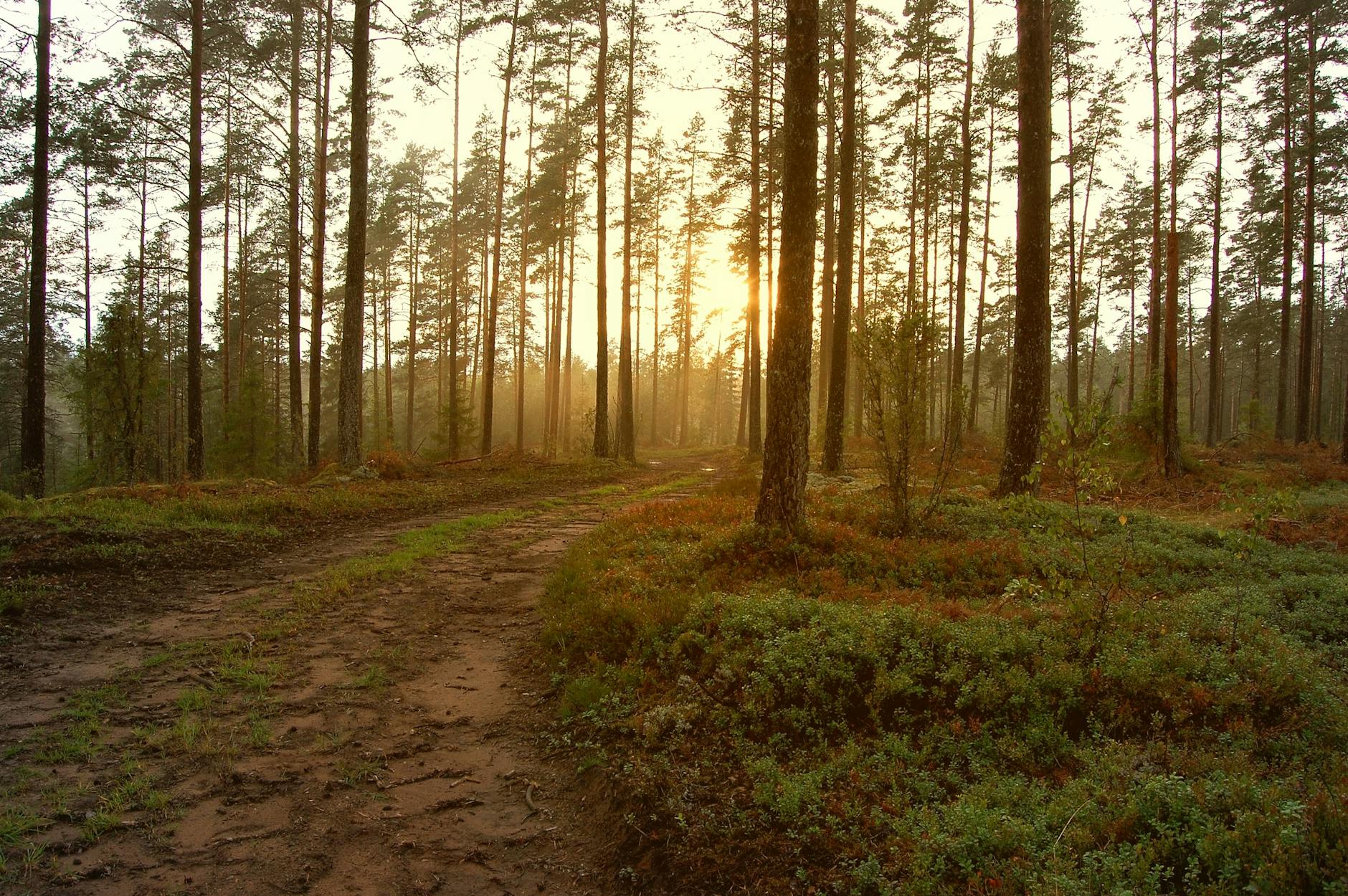What Makes Australia's Wildlife Conservation Efforts a Model for the World

Legislative Frameworks
Key Wildlife Protection Laws
Having visited the Royal Botanic Gardens in Melbourne, I've gained an enriched perspective on our country's commitment to wildlife protection. Australia's legislative frameworks serve as global exemplars in conserving natural heritage. Key legislations like the Environment Protection and Biodiversity Conservation Act (EPBC Act) form the backbone, mandating environmental assessments for protected flora and fauna. This law plays a crucial role in safeguarding the habitats that not only enrich our ecosystem but also sustain profuse wildlife.
Role of Indigenous Partnerships
Connecting with Indigenous communities provides vital insights into sustainable environmental stewardship. Their partnership in conservation initiatives ensures the use of traditional ecological knowledge. Indigenous-managed lands often harbor the highest biodiversity, making these collaborations indispensable. These partnerships aren't mere formalities; they are cornerstones in preserving Australia's unique ecosystems and cultural heritage, echoing a holistic approach seen in Kenya tours.
Enforcement Mechanisms
Effective enforcement mechanisms are critical. The synergy between federal and state-level policies enhances the enforcement of our conservation laws. Task forces are established to monitor compliance and respond swiftly to violations. This structure is not dissimilar to strategies deployed in protecting polar habitats during arctic cruises. By ensuring compliance, these enforcement bodies play a pivotal role in maintaining the ecological balance.
In Melbourne, while enjoying the species richness at Wilsons Promontory, one can truly appreciate the profound impact of these frameworks. They don't just protect our environment but inspire confidence in our global leadership in wildlife conservation.
Community Involvement
Engaging communities in wildlife conservation is crucial for preserving Australia’s unique ecosystems. Grassroots conservation activities are vital in this effort. Community groups often lead efforts to restore habitats, remove invasive species, and support local wildlife. Their hands-on activities serve as a reminder of how every small action can contribute to a larger impact on the environment, echoing our experiences along the "hiking trails of the Dandenong Ranges."
An interesting aspect is the educational programs for sustainability, aimed at inculcating environmental consciousness from a young age. Schools and community centers often conduct workshops that teach sustainable practices, including proper waste management and energy conservation. These programs offer an opportunity for people to understand the delicate balance of ecosystems and their roles within it.
Moreover, volunteer programs and citizen science initiatives allow locals to actively participate in research and conservation projects. These opportunities not only provide critical data for scientists but also foster a profound connection between individuals and their environment. Such initiatives resemble the impact of comprehensive tours, like central America tours or Galapagos Islands tours, where one learns firsthand about the essential nature of conservation.
As a wildlife conservation advocate based in Melbourne, I'm constantly inspired by these efforts and the impact they can have, much like how the “wildlife viewing points at Wilsons Promontory” serve as a living example of community collaboration. These initiatives are essential in raising awareness and involving people in a cause that affects us all.
Technological Innovations
Use of Drones and Satellites
As a wildlife conservation advocate in Melbourne, I'm consistently awed by the strides we've taken in environmental monitoring to protect our native species. Drones and satellites are now key tools, offering unparalleled oversight in places that are challenging to manually access, like the dense canopy regions similar to Australia's Dandenong Ranges hiking trails. Drones provide real-time images and videos, enabling us to observe animal behaviour without intrusion and assess habitat health effectively.
Data Collection and Analysis
Collecting robust data is essential for shaping effective conservation strategies. With a growing emphasis on technology, conservationists are adopting advanced data collection and analysis methods. These innovations enable precise tracking of wildlife populations and movements, offering insights into migration patterns and habitat usage—similar to the tracking strategies used in Tanzania's protected areas during a Tanzania safari. By analyzing this data, we can better predict ecosystem changes and implement proactive measures to mitigate potential threats.
Advanced Monitoring Systems
Advanced monitoring systems are revolutionising our capability to maintain and restore habitats. Integrating these systems with artificial intelligence allows for predictive analytics, enhancing our ability to respond to environmental challenges swiftly. These systems, similar to those used in the diverse settings of a Kenya safari, enable tracking of variables such as vegetation health and water levels, which are crucial for sustaining local flora and fauna. As we continue to refine these technologies, we ensure tighter integration of conservation efforts across various landscapes, maintaining the vital connection between humans and our natural world.
Species Revival Programs
Success Stories of Reintroduction
In the heart of Australia's conservation journey, success stories abound. Among them, the revival of native species stands as a testament to diligent efforts and collaborative initiatives. Some iconic recoveries have occurred, thanks to targeted reintroduction programs. Take, for instance, the striking revival of the Eastern Barred Bandicoot. Once teetering on extinction, these animals have seen remarkable resurgence through carefully managed breeding and release initiatives. Wildlife corridors play a crucial role, providing safe passage and habitable spaces for these creatures in places like the Dandenong Ranges, where they're often spotted traversing through carefully restored habitats.
Breeding and Habitat Restoration
The essence of species preservation often lies in breeding and habitat restoration. Across Australia, breeding programs focus on species such as the Tasmanian Devil, benefiting immensely from efforts that aim to restore their numbers. Restoring native flora is equally essential, as it supports the natural ecological balance. At the wildlife viewing points at Wilsons Promontory, one can witness such successful restorations, offering not just refuge for native fauna but also an enriching experience for conservation advocates and visitors alike.
Partnerships with Zoos and Sanctuaries
Partnerships with zoos and sanctuaries further amplify conservation success. Collaborations with institutions ensure that the breeding and reintroduction initiatives gain traction, yielding significant results. Zoos across the nation, including the Melbourne Zoo, contribute essential expertise and resources, ensuring that conservation objectives are met with precision and care. This synergy extends the impact beyond borders, supporting global wildlife initiatives like Tanzania tours and Galapagos cruise efforts. Through these exemplified approaches, a better understanding of species revival is championed, making Australia's model both instructive and inspiring for wildlife conservation worldwide.
Challenges Australia Faces in Wildlife Conservation
Climate Change Impact
As someone deeply invested in wildlife conservation, I can attest that climate change is perhaps the most significant challenge we face here. Our diverse ecosystems, from the lush greenery of the Dandenong Ranges hiking trails to the serene waters of Wilsons Promontory, are under threat due to rising temperatures and unpredictable weather patterns. Species that depend on specific climates struggle to adapt, and their survival is at stake. Professional photographers and nature enthusiasts, consider how your work in documenting this beauty might also highlight the urgency for change.
Funding and Resource Allocation
Another pressing concern is funding. Many conservation projects rely heavily on government grants or donations, but these resources are often limited. It's important to understand that every dollar counts, especially when it comes to protecting the biodiversity you experience through the lens of a camera. Institutions like the Royal Botanic Gardens in Melbourne play a vital role in education and native flora preservation but require continuous support.
Balancing Tourism and Conservation
Our awe-inspiring landscapes attract millions, but balancing tourism with conservation can prove tricky. While tourism fosters economic growth, it also puts additional pressure on the very environments we aim to protect. Visitor impact on trails and viewing points necessitates careful management to ensure the pristine wilderness remains for future generations. Understanding these challenges can deepen your appreciation of Australia's tireless conservation efforts.


